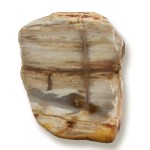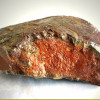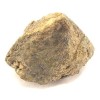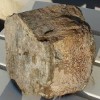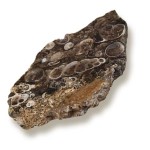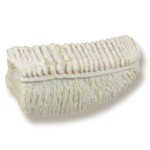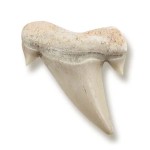Product Description
FOUND ON EVERY CONTINENT
Coprolite (meaning “dung stone” – kopros means dung and lithikos means stone in Greek) is fossilized feces (animal waste). And no, coprolite does not smell bad – it had undergone a fossilization process. Copro means “dung,” from the Greek word kopros. The ending “-lite” is a common ending for fossil or mineral terms, coming from the Greek word lithos, which means stone. The term coprolite was coined around 1830 (when the earliest-known specimens were found).
Learning About Diets: Coprolites record the diet, feeding behavior, and habitat of prehistoric animals. Paleontologists can study the contents of a coprolite to see what one meal of an animal consisted of. For example, if the coprolite consists of partially digested plant material (leaves, seeds, bark, roots), the animal in question was probably an herbivore (plant-eater); if the coprolite contains bits of animal material (crushed bits of bones, sinew, claws), the animal in question was a carnivore (meat-eater).
Information about the plants and animals in the coprolite can tell you about the animal that produced the coprolite. For example, if bits of a swamp-dwelling creature were in the coprolite (eaten by the carnivore), then the carnivore probably also lived near a swamp. Also, if the bones in the coprolite are from a juvenile of a species, you know what a prey animal of the carnivore was, and that it ate sub-adults (information on feeding behavior). By examining the contents of the coprolite, you can also determine if the animal chewed its food, or wolfed it down, letting stomach acids and/or gastroliths (stomach stones) digest the food.
Different Shapes and Sizes: Coprolite comes in many shapes and sizes (depending on the animal it came from). Its color depends on the type of soil and minerals in which it was buried (this determines which minerals were absorbed/replaced in the specimen).
Dating Coprolites: Coprolites are dated in the same manner that other fossils are dated. For a page on dating fosssils, click here.
Finding Coprolites: Coprolites and other fossils are often found in exposed sedimentary rock (like in badlands, weathered cliffs, roadcuts, etc.). For a page on finding fossils, click here.
How Coprolites Fossilize: Coprolites fossilize in a manner similar to that of other fossils. For a page on fossil formation, click here.
Is it a Coprolite or Just a Rock?: A close examination can help determine whether a specimen is a coprolite or just a rock. If the specimen contains fossilized bits of crushed and partly-digested organic material, it is not a rock, but a fossil. Coprolites from carnivores are rich in the minerals calcium and phosphorus (found in bones).
What Animal did the Coprolite Come From? It is very difficult (usually impossible) to determine which animal produced the coprolite. You can perhaps tell what animal it came from if you find the coprolite in a bone bed (a fossil site in which many skeletons of the same animal are found) or if is of such a size, composition, and content that it could only have been from one genus (like the recently found T. rex coprolite). Otherwise, it would be very hard (practically impossible) to tell which genus it came from.

